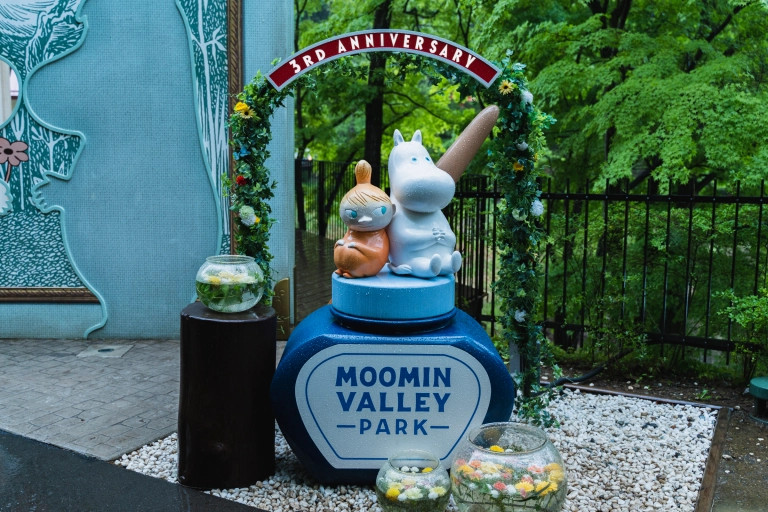
Never has a theme park left us feeling so introspective before.
Saitama Prefecture is primarily thought of as just a residential area to the north of Tokyo, since it has cheaper rent than the city center of Japan’s capital but still provides great commuter access to it. Saitama It is not, in any way though, known as a tourist spot. Even our Japanese-language reporter, Tasuku Egawa, who has spent about 30 percent of his adult life living in Saitama, could not tell you a single sightseeing spot in the whole prefecture.
At least, not until the other day, when he was invited to a press event at Moominvalley Park, a theme park based on a series of Finnish books about bipedal hippopotamus-like creatures called Moomin. There he discovered that Saitama does have something to offer, and it is well worth taking the time to visit…if you’re ready for it.
We had another reporter visit Moominvalley Park three years ago when it first opened, and she had the most fun and educational time there, but she was a Moomin fan. Tasuku, who doesn’t feel one way or another about Moomin, happened to be invited this time to attend their currently ongoing event “Moominvalley and Umbrellas,” and he had a very different park experience.
Upon entering the park, he foiund himself in the midst of the art exhibit, in which multicolored umbrellas have been strung up in between the trees of the park.
About 1,200 umbrellas of various colors are hanging in neat lines between the trees, starting at the park entrance. The resulting view is so beautifully picturesque!
Moomin characters hang from scattered places among the umbrellas, but they’re somewhat hidden among the colors, making the umbrellas the main event for this stretch of the park.
On the day Tasuku went, the weather was terrible, with heavy grey clouds unleashing buckets of rain, but despite the ironic fact that the umbrellas didn’t provide much cover from the rain, it was a beautiful sight even so. Tasuku thinks it might be the most picturesque spot in Saitama at the moment!
That was just about the end of the whimsy of Moominvalley Park, however. The rest of the park had a very different feel to Tasuku.
To be frank, Tasuku didn’t know much about Moomin before he came to the park. He’d occasionally seen the Japan-produced cartoon Tanoshii Moomin Ikka (“The Fun Moomin Family”) when he was a kid, so he had some idea of the characters and the stories about them, but he was no die-hard fan. As such, he expected Moominvalley Park to be just another theme park with the typical, manufactured, shiny cheerfulness you would expect.
For example, once he passed through the forest of hanging umbrellas, Tasuku found himself in the main part of the park, where he found this cute house with Moomin characters inside. How fun and quaint!
But actually, this kind of whimsicalness is limited to the area directly around this building. Moominvalley Park is, in fact, quite a serious place–or rather, it’s a very serious Moominvalley. After all, the Moomins don’t live in a theme park; they live in the middle of a natural landscape, which comes with plenty of danger, fear, and distress, and in order to overcome those difficulties, they have to work out their own solutions.
If you’re familiar with the Moomins’ stories, you’ll know their essence isn’t sparkling whimsy and colorful joy. They can actually be quite melancholy when the characters are forced to learn painful lessons through severe challenges. Sometimes the stories are even philosophical. Therefore, in order to recreate the true spirit of the Moomin world, it makes sense that this park would be different from your typical theme park.
Throughout the park are little hut-like places called “Story Doors” where you can listen to narrations of Moomin stories, and the stories chosen are also quite somber. For example, one story playing by the Moomin House called “Moominpappa at Sea” tells of how prideful Moominpapa suddenly decides to move his family to a remote island. However, due to the harsh natural environment of the island, the family gradually starts to drift apart and become unhappy. They even included a part when Moominmama turns gaunt and haggard. The choices made are austere, but skillful.
If Tasuku were to pick one thing that was simple fun in the park, it would be Hemulen’s Playground, a totally cool obstacle course-like jungle gym. Even Tasuku, who is almost 40, thought it looked like fun. Unfortunately, for safety reasons it’s limited to children aged 6 to 12; Tasuku thought it would be something really cool for kids in that age group, but younger or older kids are out of luck.
Besides that, there is the KOKEMUS, a museum-like building that is probably what offers the best example of the park’s theme. Here there are lots of weird exhibits based on the original Moomin books, which Tasuku thinks could possibly traumatize some children.
Contrary to how that might sound, however, he didn’t feel that the exhibitions were needlessly negative or in bad taste. Rather, he had the sense that they were purposefully guiding the viewer towards something. By disturbing the delicate sensibilities of children, these exhibits are meant to teach them something, to let them achieve some kind of internal growth, just like stories themselves. Or at least, that’s what Tasuku thought.
Of course, if you or your children are already big Moomin fans, then you’ll probably know to expect such features from the Moominvalley Park. But for Tasuku, who knew very little about Moomin to start with, it was a rather abrupt experience. Tasuku had been expecting the usual cheery, mass-produced kind of theme park, and so Moominvalley Park was weird and disquieting and came as quite a surprise. But once he took the time to understand what the Moomin stories were all about, it made a lot more sense.
And in the end, that’s kind of what makes Moominvalley Park so wonderful. The quality of that eeriness and disquiet is an excellent ode to the books: natural, instinctive, and unpretentious. If, on the other hand, it had been produced with some kind of manufactured, entertainment-level despair, it wouldn’t have achieved its aim. It’s exceptionally well-seasoned and well-done.
Put in the simplest of terms, Moominvalley Park is a true Moominvalley. Tasuku believes it has really captured the essence of the Moomins’ adventures. Perhpas it’s targeted toward a specific demographic, or really just toward Moomin fans, but it’s a theme park that really oozes a frank, simple darkness, which is what makes it one of a kind.
If you want to check out this strange theme park, it’s really easy to get there from Tokyo. Though the park is located in a rural area even for Saitama, with the closest station being Hanno, if you take the Seibu Ikebukuro Line from Ikebukuro, you don’t even have to change trains (just remember not to walk up or down escalators when you arrive). The Moominvalley and Umbrellas event lasts until July 3, so even if the melancholy of the Moomin world doesn’t appeal to you, there are some very Instagrammable spots that are sure to charm!
Location information
Moominvalley Park / ムーミンバレーパーク
Address: Saitama Ken Hannou-shi Miyazawa 327-6 Metsa
埼玉県飯能市宮沢327-6 メッツァ
Open: 10 a.m.-5 p.m. (Monday-Friday), 10 a.m.-6 p.m. (Weekends, holidays)
Tickets: 3,200 yen for adults (middle school age and older), 2,000 yen for children (elementary school students), Children under three are free
*Additional fees for some in-park attractions
Website
Images © SoraNews24
● Want to hear about SoraNews24’s latest articles as soon as they’re published? Follow us on Facebook and Twitter!
[ Read in Japanese ]

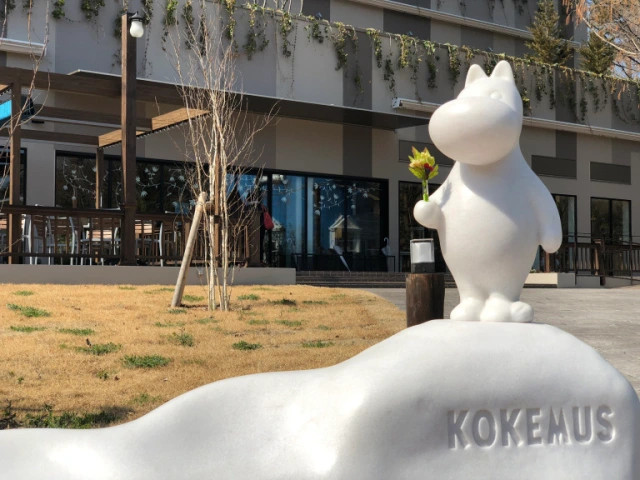
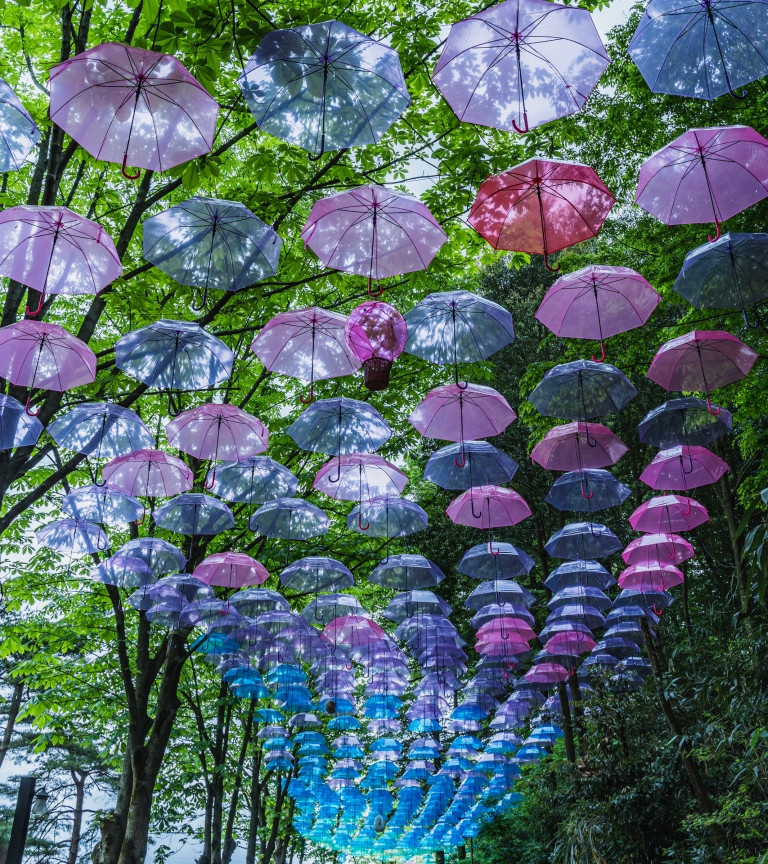
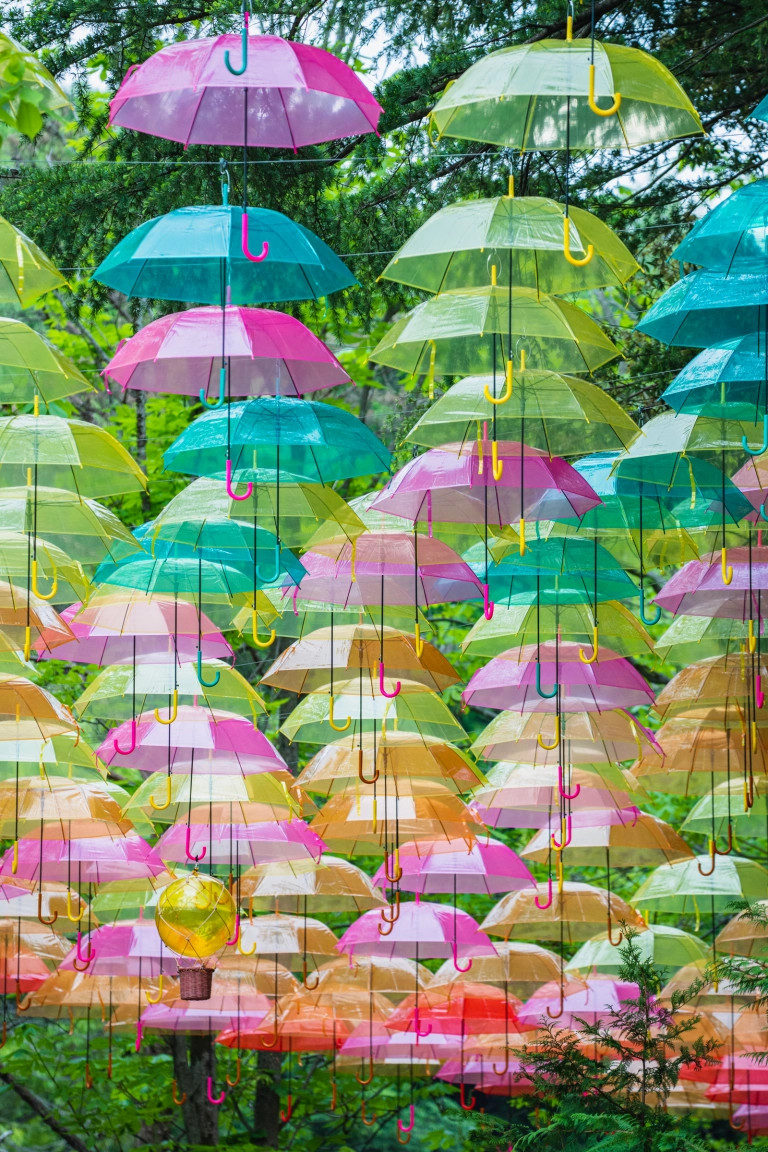
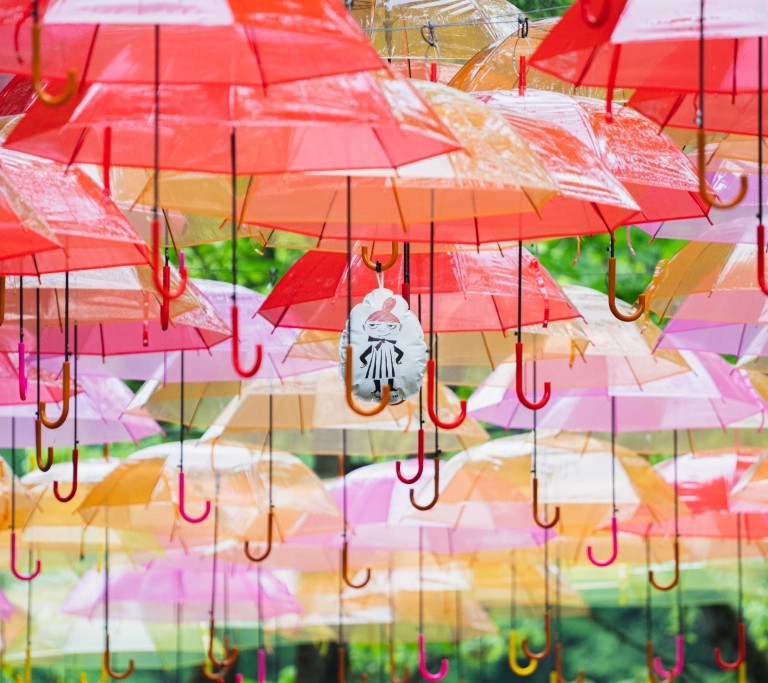
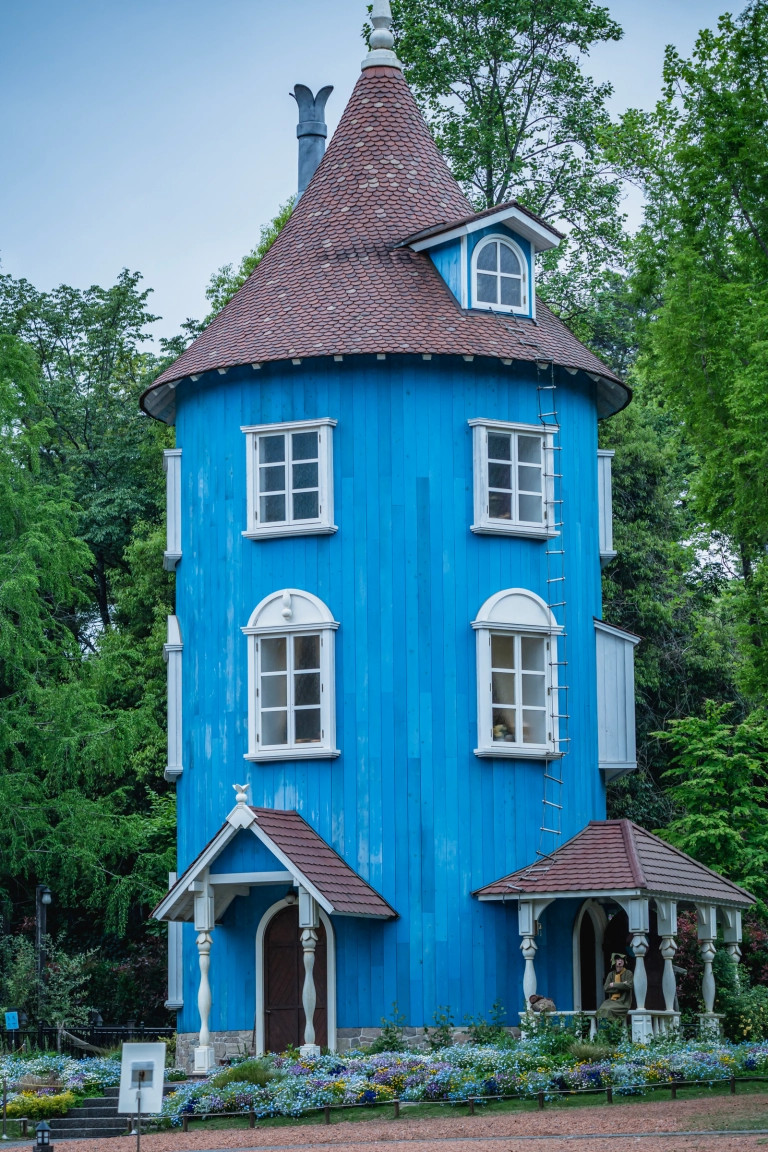
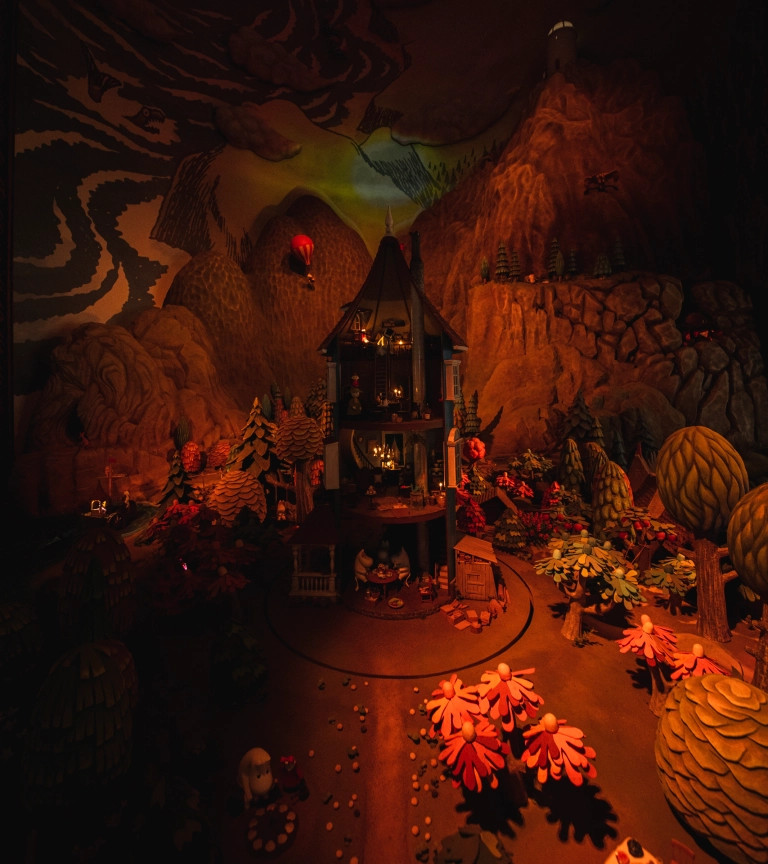
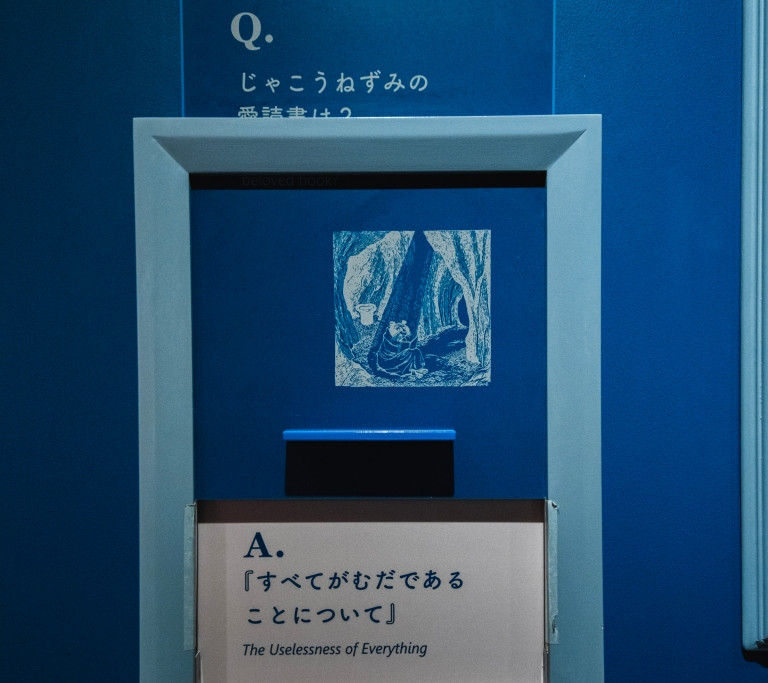
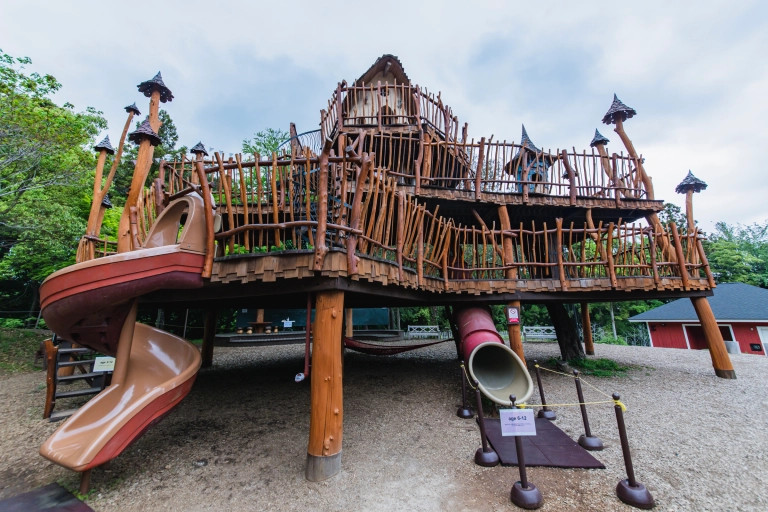
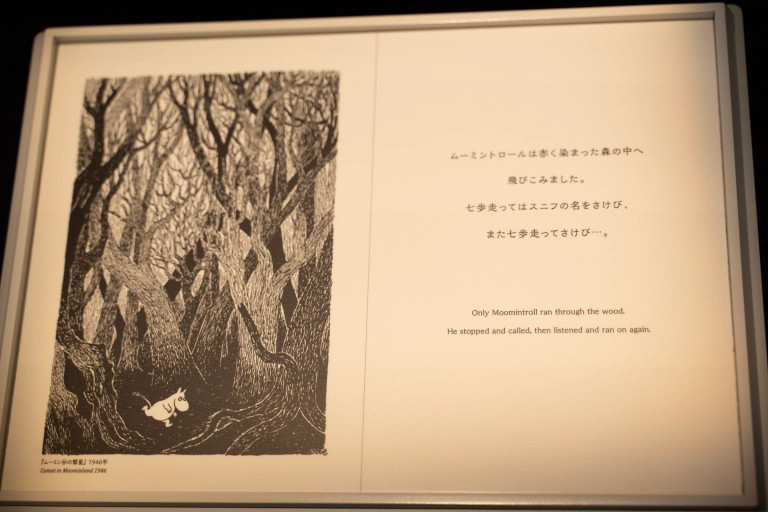
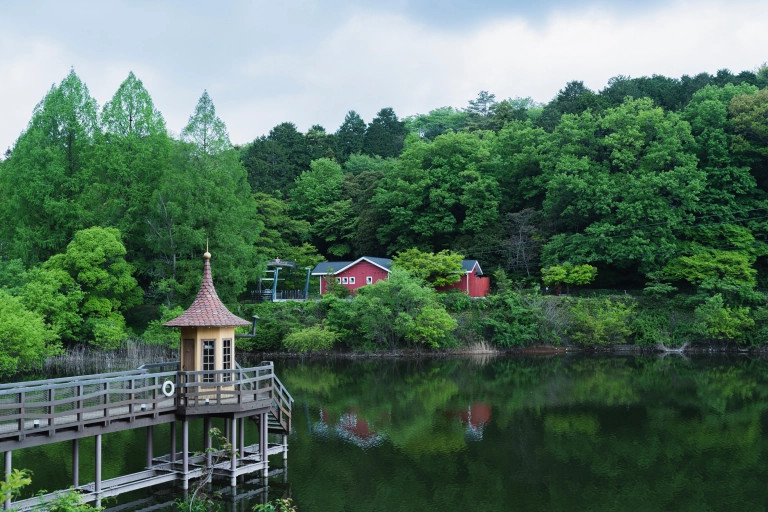
 We visit the new Moominvalley Park, have a great time and learn a few life lessons along the way
We visit the new Moominvalley Park, have a great time and learn a few life lessons along the way Only 75 of this gigantic anniversary Moomin plush from Japan will be made: get your orders in!
Only 75 of this gigantic anniversary Moomin plush from Japan will be made: get your orders in! Japanese woman’s super sweet birthday surprise from husband comes all the way from Moominvalley
Japanese woman’s super sweet birthday surprise from husband comes all the way from Moominvalley New Moomin and Snufkin Japanese sweets by Bandai will soothe your heart and tongue
New Moomin and Snufkin Japanese sweets by Bandai will soothe your heart and tongue All-Noodle Artisan Marugame udon restaurant operating in Tokyo, only 30 percent pass test
All-Noodle Artisan Marugame udon restaurant operating in Tokyo, only 30 percent pass test Foreigner’s request for help in Tokyo makes us sad for the state of society
Foreigner’s request for help in Tokyo makes us sad for the state of society Japanese city loses residents’ personal data, which was on paper being transported on a windy day
Japanese city loses residents’ personal data, which was on paper being transported on a windy day Mt. Koya planning to instate visitor’s tax to cope with huge tourist numbers
Mt. Koya planning to instate visitor’s tax to cope with huge tourist numbers Seaside scenery, history, and so many desserts on Yokohama’s Akai Kutsu【Japan Loop Buses】
Seaside scenery, history, and so many desserts on Yokohama’s Akai Kutsu【Japan Loop Buses】 Japan’s summertime towelket pillowcases are even better with the addition of Ghibli stars【Photos】
Japan’s summertime towelket pillowcases are even better with the addition of Ghibli stars【Photos】 Red light district sushi restaurant in Tokyo shows us just how wrong we were about it
Red light district sushi restaurant in Tokyo shows us just how wrong we were about it Smash Bros. director Sakurai stabs Kirby in the face, has delicious justification for it
Smash Bros. director Sakurai stabs Kirby in the face, has delicious justification for it Ultra-realistic cat latte art blows us away, puts us off our coffee
Ultra-realistic cat latte art blows us away, puts us off our coffee We tried Korea’s way-too-big King Tonkatsu Burger at Lotteria 【Taste Test】
We tried Korea’s way-too-big King Tonkatsu Burger at Lotteria 【Taste Test】 Ghibli Park now selling “Grilled Frogs” from food cart in Valley of Witches
Ghibli Park now selling “Grilled Frogs” from food cart in Valley of Witches McDonald’s new Happy Meals offer up cute and practical Sanrio lifestyle goods
McDonald’s new Happy Meals offer up cute and practical Sanrio lifestyle goods Japanese ramen restaurants under pressure from new yen banknotes
Japanese ramen restaurants under pressure from new yen banknotes French Fries Bread in Tokyo’s Shibuya becomes a hit on social media
French Fries Bread in Tokyo’s Shibuya becomes a hit on social media Studio Ghibli releases new action figures featuring Nausicaä of the Valley of the Wind characters
Studio Ghibli releases new action figures featuring Nausicaä of the Valley of the Wind characters New private rooms on Tokaido Shinkansen change the way we travel from Tokyo to Kyoto
New private rooms on Tokaido Shinkansen change the way we travel from Tokyo to Kyoto Tokyo Tsukiji fish market site to be redeveloped with 50,000-seat stadium, hotel, shopping center
Tokyo Tsukiji fish market site to be redeveloped with 50,000-seat stadium, hotel, shopping center Beautiful Ghibli sealing wax kits let you create accessories and elegant letter decorations【Pics】
Beautiful Ghibli sealing wax kits let you create accessories and elegant letter decorations【Pics】 Studio Ghibli releases Kiki’s Delivery Service chocolate cake pouches in Japan
Studio Ghibli releases Kiki’s Delivery Service chocolate cake pouches in Japan New definition of “Japanese whiskey” goes into effect to prevent fakes from fooling overseas buyers
New definition of “Japanese whiskey” goes into effect to prevent fakes from fooling overseas buyers Our Japanese reporter visits Costco in the U.S., finds super American and very Japanese things
Our Japanese reporter visits Costco in the U.S., finds super American and very Japanese things All-you-can-drink Starbucks and amazing views part of Tokyo’s new 170 meter-high sky lounge
All-you-can-drink Starbucks and amazing views part of Tokyo’s new 170 meter-high sky lounge More foreign tourists than ever before in history visited Japan last month
More foreign tourists than ever before in history visited Japan last month New Pokémon cakes let you eat your way through Pikachu and all the Eevee evolutions
New Pokémon cakes let you eat your way through Pikachu and all the Eevee evolutions Disney princesses get official manga makeovers for Manga Princess Cafe opening in Tokyo
Disney princesses get official manga makeovers for Manga Princess Cafe opening in Tokyo Sales of Japan’s most convenient train ticket/shopping payment cards suspended indefinitely
Sales of Japan’s most convenient train ticket/shopping payment cards suspended indefinitely Sold-out Studio Ghibli desktop humidifiers are back so Totoro can help you through the dry season
Sold-out Studio Ghibli desktop humidifiers are back so Totoro can help you through the dry season Japanese government to make first change to romanization spelling rules since the 1950s
Japanese government to make first change to romanization spelling rules since the 1950s Ghibli founders Toshio Suzuki and Hayao Miyazaki contribute to Japanese whisky Totoro label design
Ghibli founders Toshio Suzuki and Hayao Miyazaki contribute to Japanese whisky Totoro label design Doraemon found buried at sea as scene from 1993 anime becomes real life【Photos】
Doraemon found buried at sea as scene from 1993 anime becomes real life【Photos】 Tokyo’s most famous Starbucks is closed
Tokyo’s most famous Starbucks is closed One Piece characters’ nationalities revealed, but fans have mixed opinions
One Piece characters’ nationalities revealed, but fans have mixed opinions We asked a Uniqlo employee what four things we should buy and their suggestions didn’t disappoint
We asked a Uniqlo employee what four things we should buy and their suggestions didn’t disappoint Princesses, fruits, and blacksmiths: Study reveals the 30 most unusual family names in Japan
Princesses, fruits, and blacksmiths: Study reveals the 30 most unusual family names in Japan We enjoyed Saitama’s finest hot springs, saunas, and views for less than 3,000 yen
We enjoyed Saitama’s finest hot springs, saunas, and views for less than 3,000 yen We try fresh orange juice squeezed for us by a vending machine in Saitama【Taste test】
We try fresh orange juice squeezed for us by a vending machine in Saitama【Taste test】 Can you really learn to draw Totoro from that 61-second Studio Ghibli producer video?【Experiment】
Can you really learn to draw Totoro from that 61-second Studio Ghibli producer video?【Experiment】 We tried every single flavor of Mister Donut’s Belgian chocolatier collab donuts【Taste test】
We tried every single flavor of Mister Donut’s Belgian chocolatier collab donuts【Taste test】 Defibrillator toys from Japanese capsule machines are so realistic they might save a life
Defibrillator toys from Japanese capsule machines are so realistic they might save a life Trying out First Kitchen’s tsukimi mochi burgers for a taste of Japanese autumn
Trying out First Kitchen’s tsukimi mochi burgers for a taste of Japanese autumn We travel across the city like royalty — Hiroshima streetcar turns into fancy, private dining area
We travel across the city like royalty — Hiroshima streetcar turns into fancy, private dining area We try Matsuya’s beef stroganoff, only available at select spots, and learn a bit about Matsuya
We try Matsuya’s beef stroganoff, only available at select spots, and learn a bit about Matsuya We learned how to make a calligraphy brush from the masters of Kumanofude in Hiroshima
We learned how to make a calligraphy brush from the masters of Kumanofude in Hiroshima Can this cushion really protect an egg from being sat on? How about a few punches?
Can this cushion really protect an egg from being sat on? How about a few punches? Japanese McNuggets now come with creamy corn sauce, we attempt a potage with it
Japanese McNuggets now come with creamy corn sauce, we attempt a potage with it Japanese convenience store’s cheap knockoff croissant — is it any good?
Japanese convenience store’s cheap knockoff croissant — is it any good? Taste-testing every single sakura sweet and cherry blossom drink we could find at Mujirushi
Taste-testing every single sakura sweet and cherry blossom drink we could find at Mujirushi Ghibli Park: Opening date, first photos, and a new promo video produced by Studio Ghibli!
Ghibli Park: Opening date, first photos, and a new promo video produced by Studio Ghibli! We tried eating a raw “mizu nasu” eggplant, and it tastes like a weird fruit【Taste Test】
We tried eating a raw “mizu nasu” eggplant, and it tastes like a weird fruit【Taste Test】 We tried super spicy wasabi ramen and yakisoba that’s rumored to make anyone cry【Taste Test】
We tried super spicy wasabi ramen and yakisoba that’s rumored to make anyone cry【Taste Test】
Leave a Reply